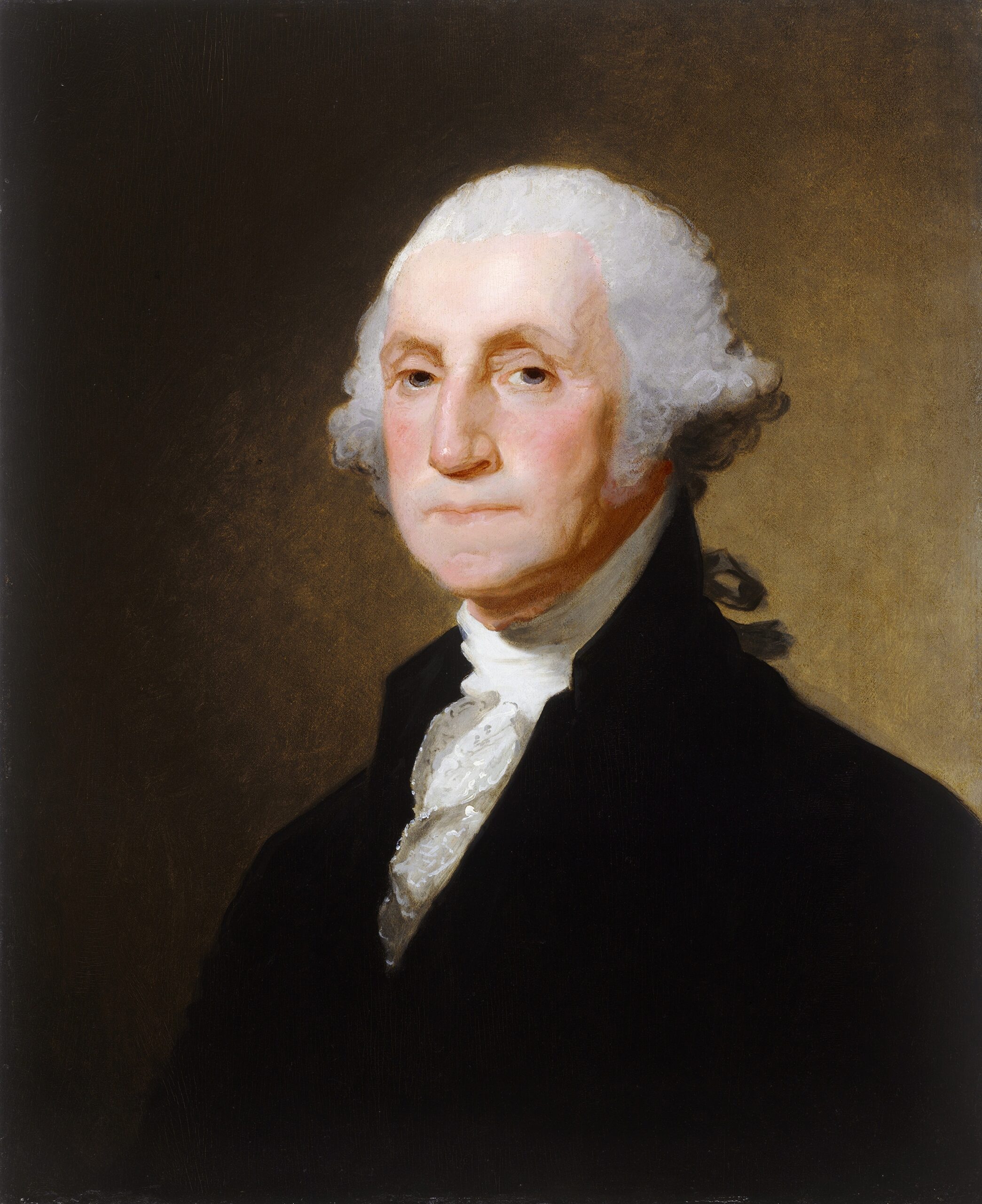History and Significance:
- Origins: The holiday was initially established in 1885 in recognition of George Washington, whose birthday is on February 22nd. It was the first federal holiday to honor an American president.
- Shift to President’s Day: The Uniform Monday Holiday Act of 1968 shifted the celebration of Washington’s Birthday to the third Monday of February, and it came into effect in 1971. This move was partly to provide more three-day weekends for the nation’s workers, and it also placed the holiday between the birthdays of Washington and Abraham Lincoln (February 12th), which is why it is often associated with both presidents.
President’s Day serves as a reminder of the country’s rich political history and the role that each president has played in shaping the United States. It is both a celebration of national leadership and a day for patriotic reflection.
The use of the Presidential Seal as we know it today, in lieu of George Washington’s portrait, changed gradually over time and was formalized in the 20th century. The history of the Presidential Seal dates back to the early days of the United States, but it underwent several revisions and refinements before reaching its current design.
- Early Use of the Seal: The use of an official seal for the President dates back to 1782 when the Continental Congress adopted the Great Seal of the United States. However, this seal was used primarily for documents and official correspondences rather than as a symbol of the presidency itself.
- Development of the Presidential Seal: The seal specifically designated for the President began to take shape in the 19th century. In 1850, President Millard Fillmore issued an executive order for a new seal design, which included an eagle and a shield, but it was somewhat different from the current design.
- 20th Century Formalization: The Presidential Seal received its definitive design under President Harry S. Truman in 1945. The eagle’s head was turned to face its right talon, which holds an olive branch, symbolizing a preference for peace. This is the design that is currently in use.
- Transition from Washington’s Portrait: The transition from using George Washington’s portrait to using the Presidential Seal wasn’t a sudden or official change but rather a gradual shift in preference and practice. The Presidential Seal began to be more prominently used during the 20th century, particularly after its standardization in 1945, to represent the office of the President in various contexts, whereas portraits of Washington were typically used in more traditional or historical settings.
The adoption of the Presidential Seal in place of Washington’s portrait reflects the evolution of American political symbols and the increasing need for a distinct emblem that represents the authority and duties of the presidency as an institution, rather than focusing on a single individual, even one as significant as George Washington.







